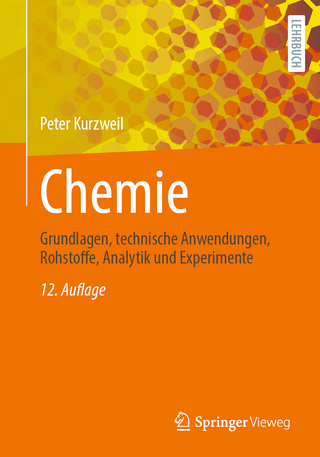
Building Vulnerability Assessments
Crc Press Inc (Verlag)
978-1-4200-7834-3 (ISBN)
All too often the assessment of structural vulnerability is thought of only in terms of security upgrades, guards, and entrance barriers. However, in order to fully ensure that a building is secure, the process of design and construction must also be considered. Building Vulnerability Assessments: Industrial Hygiene and Engineering Concepts focuses on the range of vulnerabilities that can and should be addressed from design implementation through securing a building from intrusion from all types of threats.
Customized Recommendations for Individual Structures
The book begins with an outline for vulnerability assessments conducted either in-house or in coordination with a third party. The text is presented in a way that facilitates modifications for an organization’s particular needs. The authors present summaries of regulations that are used to determine if chemicals create a risk to off-site locations or constitute a homeland security vulnerability. They also discuss physical security and chemical, biological, and radioactive (CBR) threat potentials.
Highlights the Threat of Biological Contamination
The remainder of the book discusses control systems to reduce vulnerabilities, emphasizing ventilation system controls. Since a building or facility which is already contaminated is easier to contaminate further, the authors put a heavy focus on new, latent, and residual chemical and biological contamination within building infrastructures. The book concludes by presenting basic emergency planning recommendations and offering recommendations for assessment programs and emergency drills.
This volume, comprising the wisdom of scientists and engineers who have dealt in the past with building and site failures, assists future designers and operations and emergency planners in making decisions that may lessen the impact of emergencies and he
Martha J. Boss, Dennis W. Day
Introduction to Vulnerability Assessments. Assessment: Threat Analysis. Regulations, Building Codes, Industry Standards: Compliance Documentation. Site and Building Features. Chemical Threats. Biological Threats. Radiation and Nuclear Threats. Airborne Hazard: Protection Options. Pressure Differentials and Airborne Contaminant Controls. Filtration. VAC Control Systems. VAC Systems Design Features. Temperature Management Equipment. Piping Systems. Decontamination Methods, Biocides, and Personal Protective Equipment. Building Materials and Decontamination: Discussion of General Decontamination Terms and Method for Specific Building Materials. Decontamination of Ventilation Systems: Discussion of General Decontamination Terms and Methods for Ventilation Systems. Emergency Plans. Acronyms. Index.
| Erscheint lt. Verlag | 3.7.2009 |
|---|---|
| Verlagsort | Bosa Roca |
| Sprache | englisch |
| Maße | 156 x 234 mm |
| Gewicht | 748 g |
| Themenwelt | Naturwissenschaften ► Chemie ► Technische Chemie |
| Technik | |
| ISBN-10 | 1-4200-7834-8 / 1420078348 |
| ISBN-13 | 978-1-4200-7834-3 / 9781420078343 |
| Zustand | Neuware |
| Haben Sie eine Frage zum Produkt? |
aus dem Bereich


